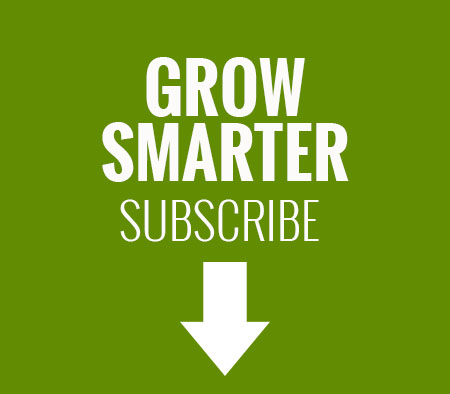Note: This is the second in a series of six posts. They originally appeared as one article in the December 2014 issue of Quirk’s Marketing Research Review under the title: “The Value of Being There: Five ways to Breathe New Life into Qualitative Research.”
The traditional focus group has struggled to remain relevant. But walking away from the richness of personal encounters and consumer intimacy insight isn’t the answer.
I’ve spent hundreds of hours watching people shower, digging through women’s purses, and picking dried up French fries from under car seats, among other things, all in the name of science.
This ethnographic research, observing consumers in their own environment while they use a product, can provide compelling information. Yet, ethnography can be a risky proposition. By simply observing consumers, you might uncover useful insights, and you might not.
That’s because there’s simple observing like a fly on the wall, and then there’s what I like to call Observing with Impact.
Observing with Impact boils down to three specific things:
- Intentionally looking for compensatory behaviors
- Intentionally looking for and identifying conflicts
- Transforming these observations into high-octane thought-starters
Compensatory Behaviors are actions consumers take to make up for a failure in product performance. An expert observer will instantly spot that failure for what it offers: the opportunity to create an innovative solution.
For instance, in a study I conducted on what objects people carry in their cars, I found that people were stuffing trash under seats, in door pockets and back seat pockets. They were compensating for the lack of an integrated trash collection system in the vehicle, leading me to recommend various solutions to the problem.
Conflicts are different. Conflicts result from a consumer’s inability to rationalize their beliefs and their actual behaviors, or their inability to achieve a goal in the way that they perceive they should be able to achieve it. Some may point to that conflict and say that it is proof the consumer is lying, but I disagree. When I find a conflict between stated needs and observed behaviors, I know that’s a red flag identifying a market opportunity.
In another study for a stain remover, I found that consumers didn’t actually rub the product in as directed so it could activate. Instead, they simply applied the product and stuck the clothing in the washer. By finding the difference between what consumers said they did and what they actually did, we found a marketing opportunity, such as adding a colorant that disappears when you rub it in.
Observational research can be transformed into opportunity for the innovator – if we open our eyes and see the signs consumers are sending every time they use a product.
It’s not just about reporting what we observe; it’s about offering thought starters (such as color change indicator mentioned above) that instigate the critical thinking that ultimately leads to strong ideas. These ideas can come from you. You don’t have to offer your observations and wait for the client team to come up with solutions. Offer your own as thought starters and watch the transformation begin.


